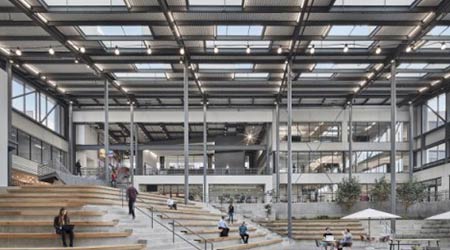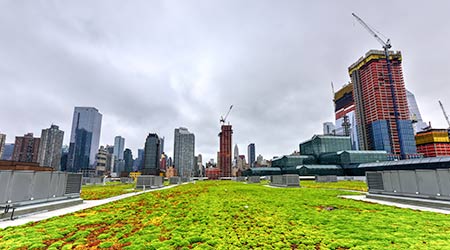
Higher Ed Rethinking Breastfeeding Spaces
May 17, 2019
Institutional and commercial facilities often are reflections of the communities they serve. As a result, engineering and maintenance managers are constantly retrofitting and renovating facilities in response to — and ideally, in anticipation of — the evolving needs of building occupants and visitors. Consider the need for breastfeeding spaces.
Some 94 percent of U.S. universities that participated in a national survey on lactation spaces have such facilities, according to a recent study reported by Nature. But just 105 of the 684 campuses polled responded to the survey, which sought to determine the way many institutions accommodate the physical needs of nursing mothers, and the nature of the facilities provided.
Slightly more than one-quarter — 28 percent — of the campuses that responded affirmatively say that their campus construction guidelines require lactation spaces.
The authors and some campus planners say that despite the low survey-response rate, the sampling should jump-start a necessary conversation among universities about how to better serve the needs of breastfeeding mothers.
“The research is indisputable that breastfeeding improves the lives of individual mothers and infants and results in overall better societal outcomes,” says Diane Spatz, lead author and a nurse researcher and lactation specialist at the University of Pennsylvania and Children’s Hospital of Philadelphia.
Lactation spaces are not required by current federal or state building codes for public buildings. But the survey is prompting campuses to ask how other universities handle these spaces, say planners.
“It’s going to take time and continued advocacy before lactation spaces get incorporated into the building code,” says Jeanne Boodley-Buchanan, an architect for Cornell University in Ithaca, New York. Like 28 percent of survey respondents, Cornell includes lactation spaces in its construction standards.
Dan Hounsell is editor-in-chief of Facility Maintenance Decisions.
Next
Read next on FacilitiesNet












